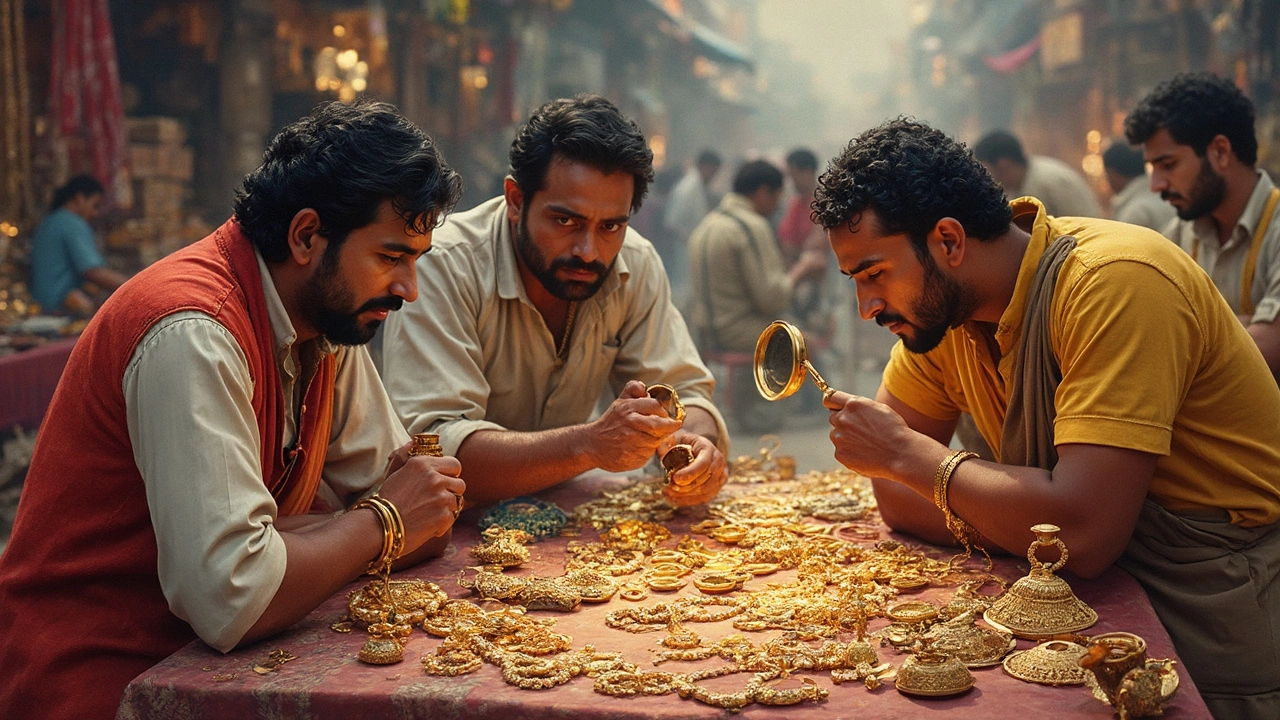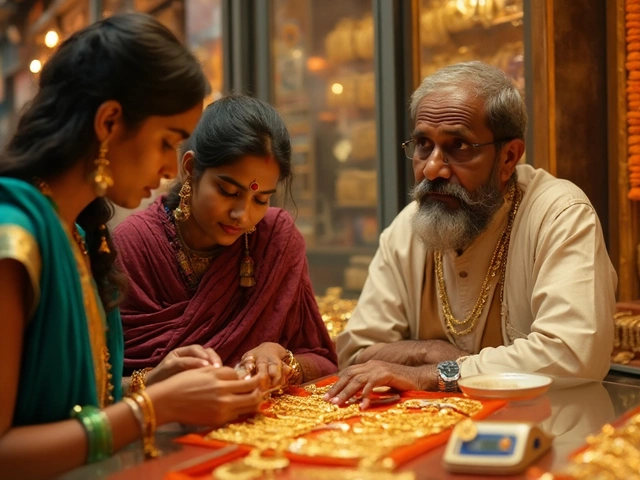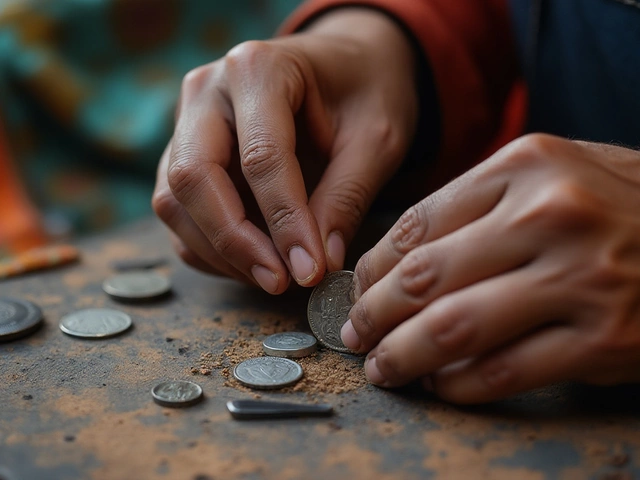Jewelry Age: When Does a Piece Become Antique?
Ever wondered why some bracelets are called "antique" while others are just "old"? The age of a piece can change how much it’s worth and how you care for it. Let’s break down the basics so you can spot an antique without a magnifying glass.
What Defines Antique Jewelry?
In most markets, a jewelry item needs to be at least 100 years old to earn the antique label. That’s the rule most auction houses and collectors follow. Anything younger usually falls under "vintage" (20‑100 years) or "retro" (20‑50 years). The cutoff isn’t just a number; it reflects changes in design, technique, and cultural trends.
Key signs that a piece might be antique include:
- Hallmarks that reference older standards, like the British Crown or early Indian BIS marks.
- Materials and settings that were common in a specific era – think hand‑cut diamonds or filigree work from the late 1800s.
- Patina or wear that looks natural, not artificially distressed.
If you see a mix of these clues, you’re probably looking at something that’s crossed the 100‑year line.
How to Date Your Jewelry
First, check the stamp. Hallmarks often include a year‑specific code or a maker’s mark that can be traced to a certain period. Websites and reference books list these marks, so a quick search can save you hours of guessing.
Second, examine the style. Art Deco pieces (1920‑40) feature geometric patterns and bold colors, while Victorian jewelry (1837‑1901) tends toward ornate, nature‑inspired motifs. Knowing the major design movements helps you place a piece in the right century.
Third, look at the metal. Older gold often contains higher copper or silver content, which changes the color. For silver, a high “925” stamp is modern; older Indian silver might carry a “833” or plain mark.
Lastly, consider provenance. A receipt, family story, or a documented collection can boost confidence in the piece’s age. Even a simple photo of the item in an old album can be a solid clue.
When you put these steps together, you’ll have a clear picture of whether your jewelry is truly antique or just old‑fashioned. And knowing the age lets you price it right, insure it properly, and care for it the way it deserves.
Remember, age isn’t the only factor that adds value. Craftsmanship, rarity, and condition matter just as much. So use the age as a starting point, then dig deeper into the story behind the piece.
Uncovering the Age of Your Antique Jewelry
Wondering how old your jewelry really is? This article explores the fascinating world of antique jewelry design, offering practical tips to help you determine the age of your treasured pieces. From examining hallmarks to understanding historical design trends, these insights will guide you in unearthing your jewelry's history. Whether you're a collector or just curious about a family heirloom, these tips will be a valuable resource.





